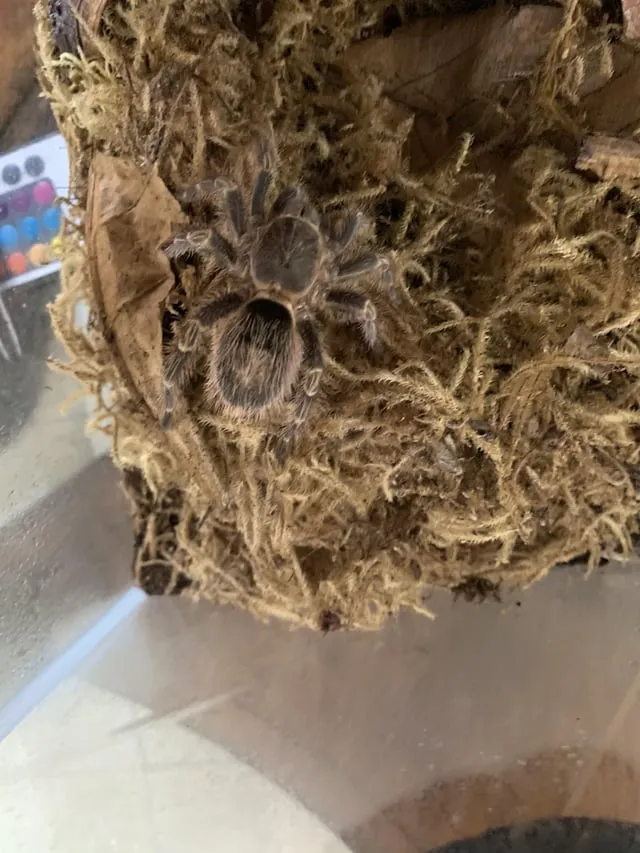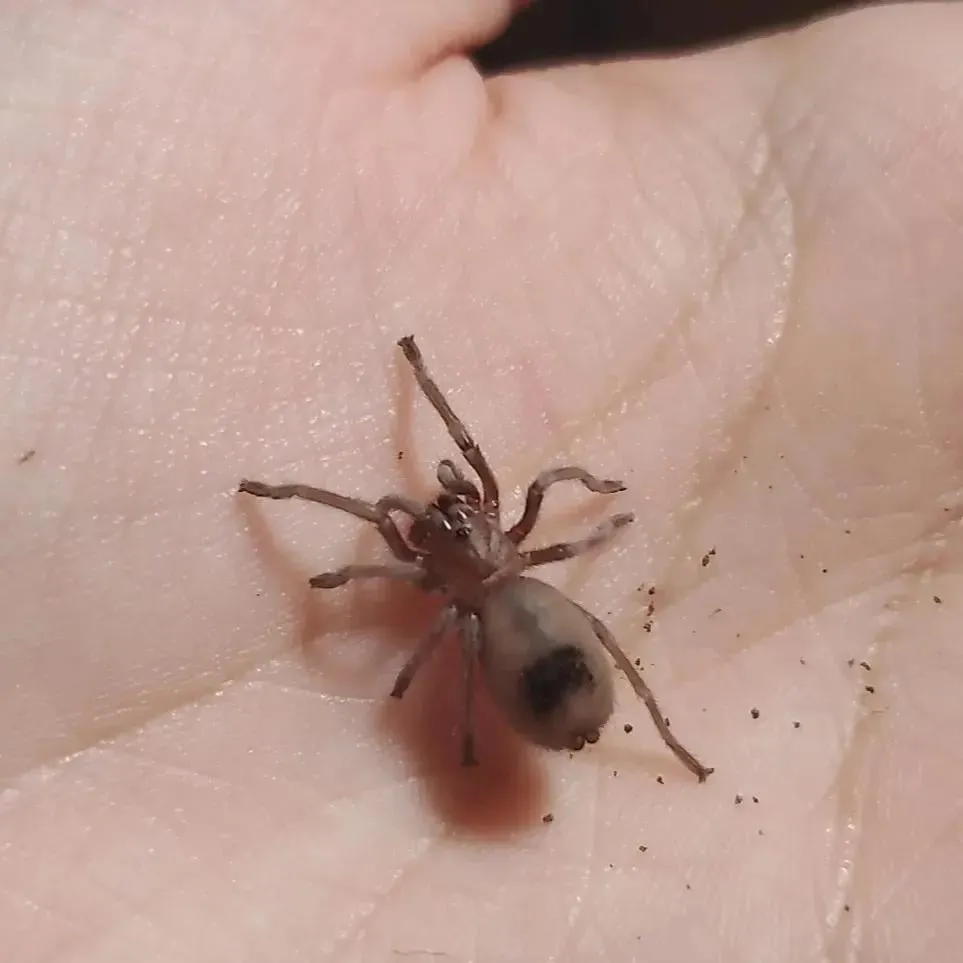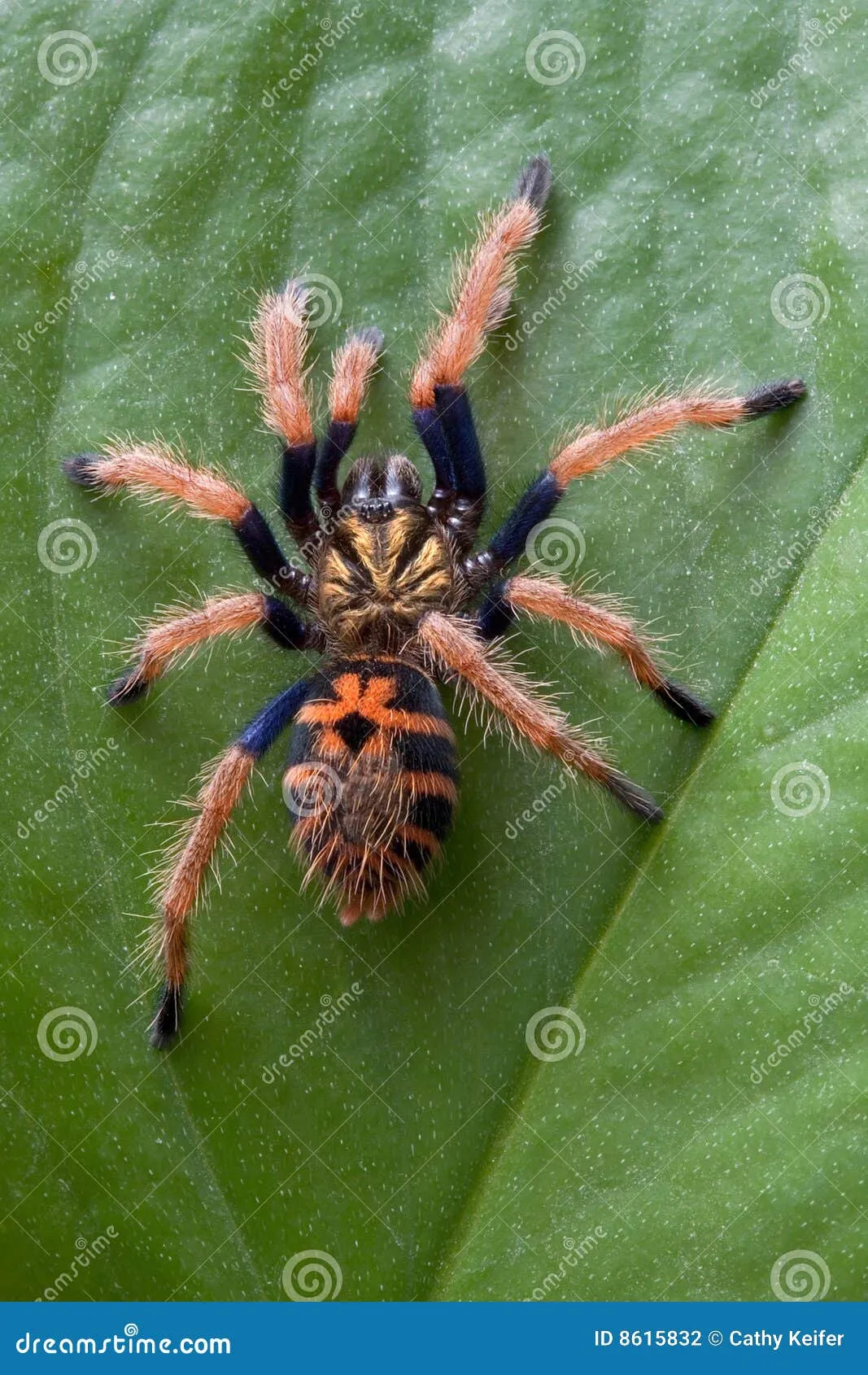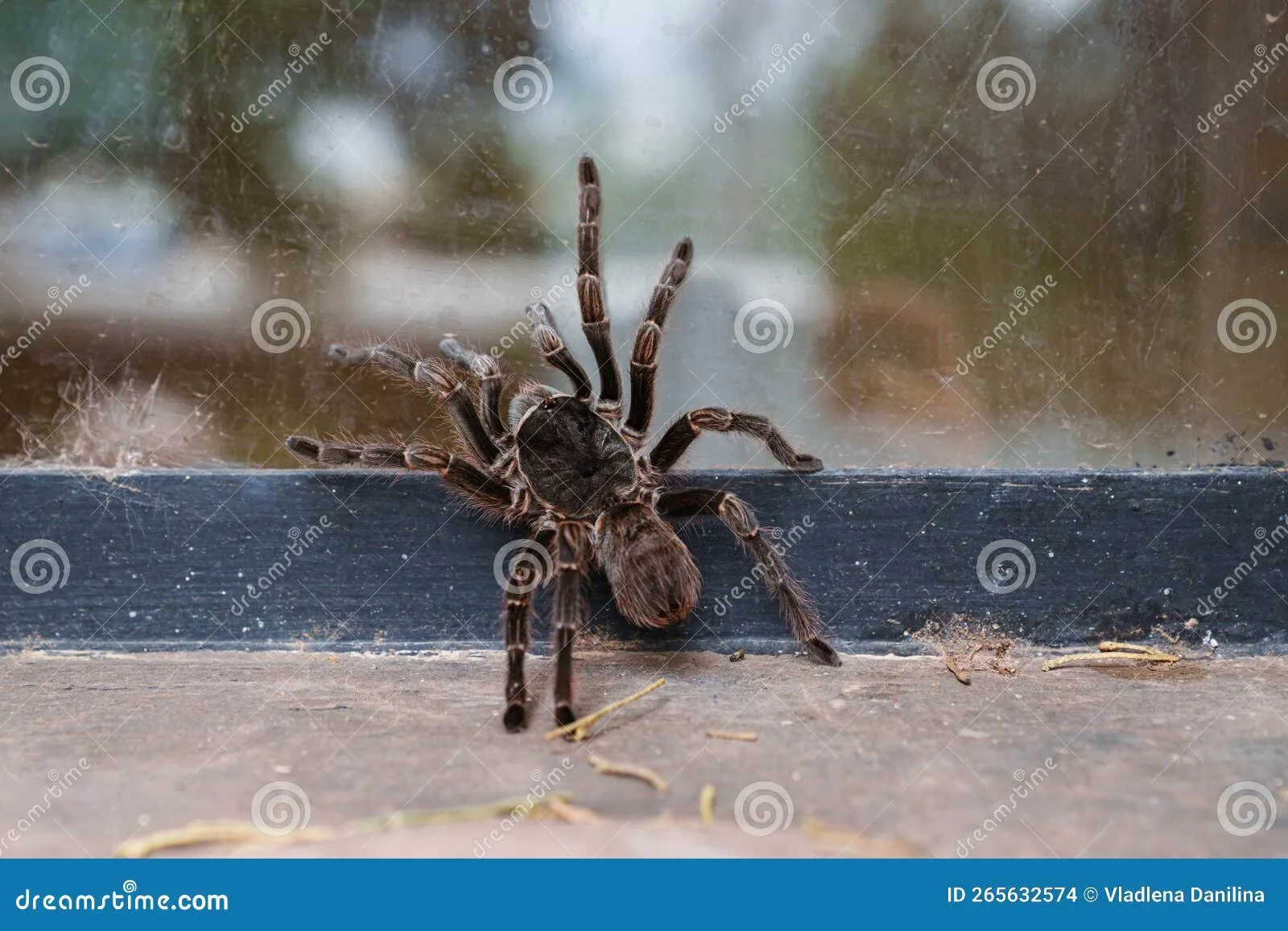Why Is My Tarantula Climbing?
As a tarantula owner, observing your eight-legged friend climb the walls of its enclosure can be a common sight. While it might seem like a simple behavior, understanding the reasons behind this action is crucial for ensuring your pet’s well-being. Tarantulas climb for various reasons, ranging from environmental factors to natural instincts and even health issues. This guide delves into the top five reasons why your tarantula might be climbing, providing insights into their behavior and offering practical advice on how to address any potential concerns. By understanding these factors, you can create a comfortable and enriching environment for your tarantula, promoting its health and happiness. Let’s explore the fascinating world of tarantula behavior and uncover the mysteries behind their climbing habits.
Habitat and Enclosure Issues
The habitat you provide plays a significant role in your tarantula’s behavior. An improperly set up enclosure can often lead to climbing. Several environmental factors can cause a tarantula to climb, indicating that something is not quite right with their living space. Ensuring the enclosure is suitable is the first step in addressing climbing behavior.
Inadequate Space

A tarantula that feels cramped may attempt to climb in search of more space or to escape the confines of its enclosure. Tarantulas, especially larger species, require ample space to move around comfortably. A cramped enclosure restricts their movement and can lead to stress, prompting them to explore any opportunity to find more room. Make sure the enclosure is appropriately sized for the tarantula’s species and size, providing enough horizontal and vertical space for natural behaviors.
Lack of Proper Ventilation
Poor ventilation can cause the air inside the enclosure to become stagnant and stuffy, which is uncomfortable for your tarantula. Tarantulas need adequate airflow to breathe and thrive. Insufficient ventilation can also lead to a buildup of humidity, which can encourage the growth of mold and bacteria, further affecting your tarantula’s health. Climbing might be an attempt to reach a higher level where there might be slightly better airflow. Ensure the enclosure has proper ventilation, such as cross-ventilation, to maintain air quality.
Temperature and Humidity Imbalances
Temperature and humidity are crucial for a tarantula’s well-being, and imbalances can cause them to climb. If the enclosure is too hot or too cold, or if the humidity levels are too high or too low, your tarantula may climb in an effort to find a more suitable microclimate. Consistent temperature and humidity levels appropriate for the tarantula species are essential. Use a thermometer and hygrometer to monitor the conditions and adjust as necessary, potentially using a heat source or misting system to regulate the environment.
Seeking Shelter

Tarantulas are naturally inclined to seek shelter and security. Climbing can sometimes be a manifestation of this instinct, especially when they feel vulnerable or exposed.
Molting Preparation
During molting, tarantulas are particularly vulnerable. They might climb to find a secure location where they can shed their exoskeleton in peace. Climbing may also be an attempt to find a surface that offers better grip for the molting process. Ensure your tarantula has a suitable, stable substrate and a secure environment during molting periods to minimize stress and potential injury.
Stress and Anxiety
Stress and anxiety can trigger climbing behavior. Loud noises, frequent disturbances, or a lack of hiding places can cause a tarantula to feel insecure and seek refuge. If your tarantula is constantly exposed to stress factors, it might climb to find a safer spot or to escape the source of stress. Minimizing disturbances, providing a secure hiding place, and creating a calm environment are essential for reducing stress levels. Avoid handling the tarantula unnecessarily and ensure its enclosure is in a quiet area.
Exploration and Curiosity

While not always the primary reason, exploration and curiosity can play a role in a tarantula’s climbing behavior. Tarantulas are naturally inquisitive creatures, and they may climb simply to investigate their surroundings or to explore new areas.
Hunting Behavior
In some cases, climbing might be related to hunting behavior. If a tarantula spots potential prey, it may climb in an attempt to get a better vantage point or to ambush its target. Make sure to feed your tarantula appropriately to avoid climbing due to hunger, but also to provide some environmental enrichment.
Mating and Breeding
During mating season, male tarantulas may climb in search of a mate. This behavior is often more pronounced in adult males as they actively seek females. Understanding your tarantula’s sex and the season can help explain and predict this behavior, which is entirely normal.
Health Concerns

In some cases, climbing behavior can indicate underlying health issues. It is essential to rule out any potential health problems if your tarantula is climbing excessively or exhibiting other unusual behaviors.
Parasites and Infections
Parasites or infections can cause discomfort or irritation, prompting the tarantula to climb in an attempt to alleviate the symptoms. If you suspect your tarantula has parasites or an infection, consult a veterinarian or a specialist in arachnids. They can diagnose the issue and recommend appropriate treatment. Regular enclosure cleaning and proper substrate management can help prevent the development of parasites.
Nutritional Deficiencies
A poor diet can lead to nutritional deficiencies that may affect a tarantula’s health and behavior. If your tarantula is not receiving the proper nutrients, it could exhibit unusual behaviors, including climbing. Ensure your tarantula is fed a balanced diet appropriate for its species and stage of life. Research the best foods for your tarantula and make sure to vary the diet.
What to Do If Your Tarantula Is Climbing

If you notice your tarantula climbing excessively, it’s important to take steps to identify and address the underlying cause. Here’s a breakdown of what you can do to ensure your pet’s well-being.
Improve Enclosure Conditions
Review and adjust the environmental conditions within your tarantula’s enclosure. Ensure the enclosure is appropriately sized, with good ventilation and the correct temperature and humidity levels for your tarantula species. Make any necessary adjustments to create a comfortable and healthy habitat.
Provide Hiding Places
Tarantulas feel secure when they have access to hiding places. Add appropriate hides, such as cork bark, artificial plants, or pre-made spider shelters, to the enclosure. Providing multiple hiding spots allows your tarantula to retreat and feel safe, reducing stress and anxiety.
Monitor Health and Behavior

Closely monitor your tarantula’s overall health and behavior. Look for signs of illness, such as lethargy, loss of appetite, or unusual physical changes. If you notice any concerning symptoms, consult a veterinarian or a specialist in arachnids. Regular observation and early intervention are key to addressing any potential health issues.
In conclusion, understanding why your tarantula is climbing is essential for its care and well-being. By addressing potential enclosure issues, providing a secure environment, and monitoring your tarantula’s health, you can ensure a happy and healthy life for your pet. If you are concerned about your tarantula’s behavior, it’s always a good idea to consult with a veterinarian or an experienced tarantula keeper for further guidance. Enjoy the fascinating world of tarantulas, and happy keeping!
